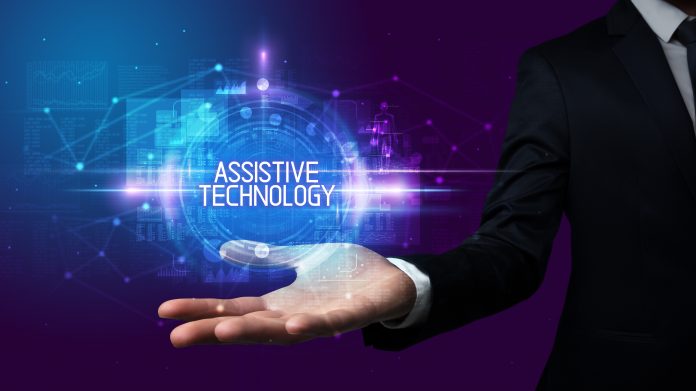Jack Williams, Strategic Product Manager – AI & Analytics, Hexagon’s Safety & Infrastructure division, explores how assistive artificial intelligence (AI) will help public safety and smart cities of the future
Over recent years, advancements in artificial intelligence (AI) have greatly increased the safety of our communities. The technology helps emergency managers predict and mitigate flooding, wildfires, and other natural disasters. It improves image and video analysis, saving investigators’ valuable time and reducing errors. It aids crime analysts by pouring through vast amounts of data and making connections that can empower policing.
While AI has expanded its role in our everyday lives, many cities are only just beginning to scratch the surface when it comes to the benefits that the technology can provide. With the next few years likely to breed even more innovation, we can expect to rely increasingly on AI to further help save time, money, and, most importantly, lives.
One underserved area with great potential is emergency call-taking in public safety answering points (PSAPs). Contact centres and control rooms are the frontlines for citizens and assistive AI can confirm crucial details about incidents and detect similarities or anomalies across calls for service.
Seeing the unseen
Although AI and Machine Learning (ML) technology can make decisions independently, assistive AI does as the name suggests – it works to assist personnel but leaves the decision-making up to humans. During complex emergency situations, the technology acts as an additional pair of eyes to help public safety workers see the unseen through relevant insights to enhance incident response.
By scanning text in real-time and comparing incoming calls to those stored in regional databases, assistive AI can sift through an overwhelming amount of data to help emergency call-takers cut through the noise and quickly uncover crucial information. This extra assistance can be critical as often there are no second chances in a crisis. Cities with access to automated tools like assistive AI offer a 360-degree coverage of service areas and their personnel will be able to respond to emergencies much faster and smarter.
Enhancing public safety and wellbeing
As public safety professionals and communities face multi-layered crises, leveraging assistive technology will be increasingly advantageous. However, the technology must be used responsibly, and it is essential that the data is accurate for dispatchers to be able to quickly analyse the information and decide how best to proceed.
When the data is accurate and used responsibly, assistive AI not only has the capabilities of enhancing public safety, but also the efficacy of key workers. For example, if ever there is a shortage of staff at a particularly busy time, chatbots could dispatch teams automatically to handle less serious and complex issues. This helps alleviate the pressure off humans and allows them to better focus on high-priority events instead.
There is also the fact that many public safety professionals work long hours while having to view or listen to graphic, traumatic events which can have an adverse effect on their mental health. Their jobs are stressful by nature, but every incident requires individuals to be on constant alert so they can instantly understand the gravity of the situation and decide on the best course of action. There is no room for error or miscommunication.
However, with the use of assistive AI, a more caring and empathetic work environment can be created to safeguard employees’ valuable energy and insight. For example, AI can be used to monitor when a responder’s heart rate increases and alert supervisors that they need a break. Additionally, employees’ wellbeing can be monitored with a live streaming video so supervisors can ensure everyone is healthy. By using intelligent connectivity and interoperability, the industry remains flexible to change, which is crucial. As assistive technologies play a more significant role in call-takers’ daily activities, the wellbeing of our key workers will improve, which in turn will enable them to take much better care of the public during emergencies.
Leveraging assistive AI for citywide collaboration
While assistive AI can deliver dramatic improvements for PSAPs, the benefits can extend to an entire community. Cities leveraging advanced collaboration technologies that enable organisations to bring together information and people from public and private organisations will be able to reap the benefits of assistive AI across a city. For example, when call-takers in a PSAP receive a notification that a complex event is emerging, such as a multi-car accident that has damaged utility infrastructure, they can collaborate with the utility company, department of transportation, and any other pertinent agency to handle the situation quickly and efficiently. This collaboration results in minimised impact to the community and resources.
The bottom line
Leveraging assistive AI augments human judgement and intuition so analysis and insights are enhanced. No one can predict what changes and challenges the next few years will bring, but one thing we can expect is the ability of AI to further aid cities in delivering better services, including those emergency services that are critical to the health and safety of citizens.











